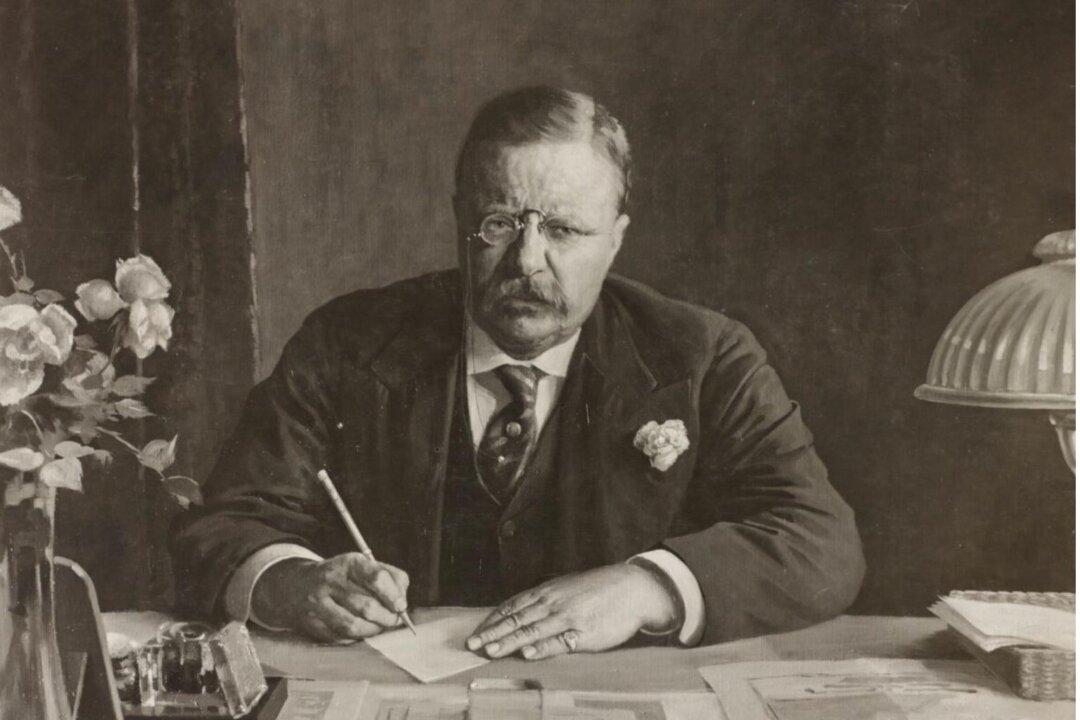Commentary
In the hours and days after Gregory Timm reportedly plowed his vehicle into a tent of Republican Party volunteers registering voters in the Kernan Village Shopping Center parking lot in Jacksonville, Florida, national coverage of the event has been alarmingly lacking.





